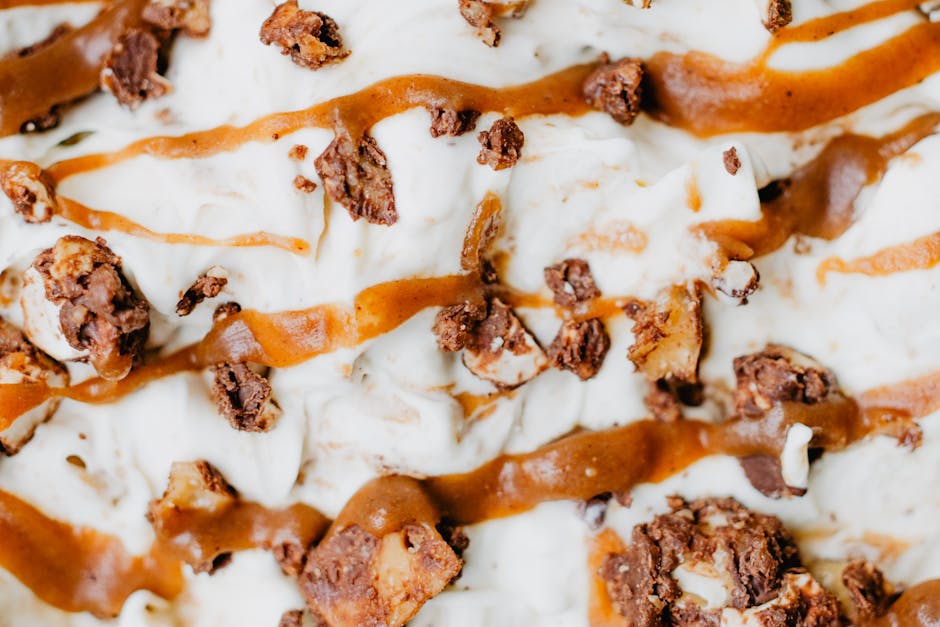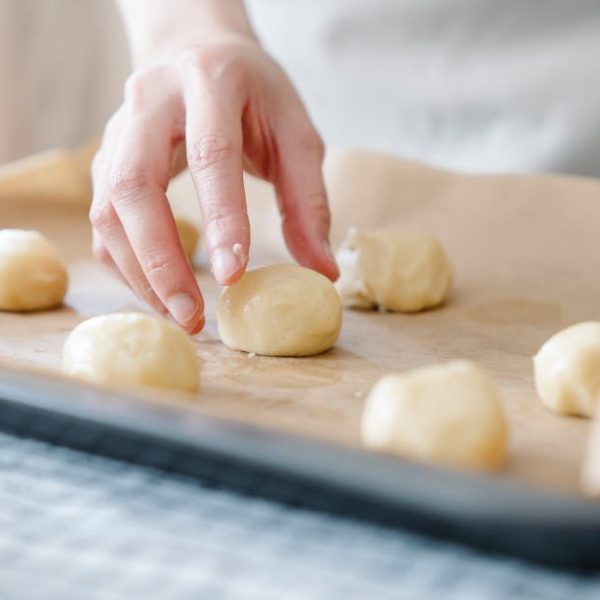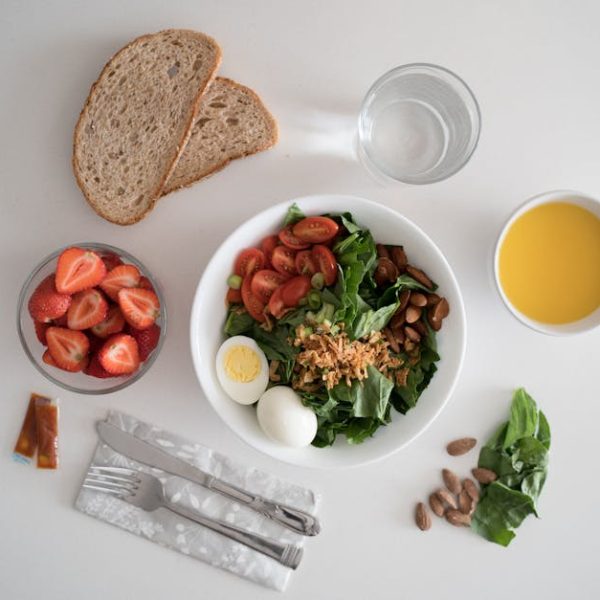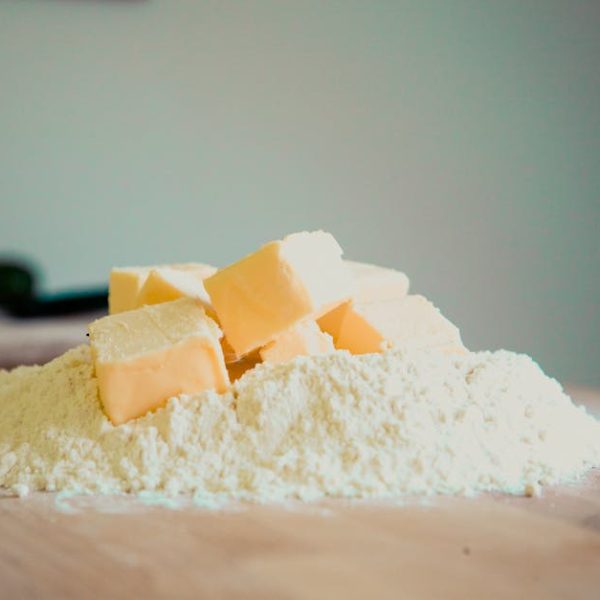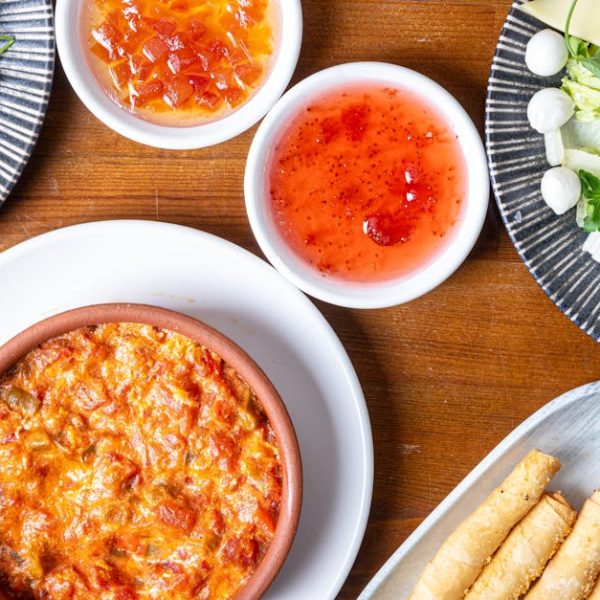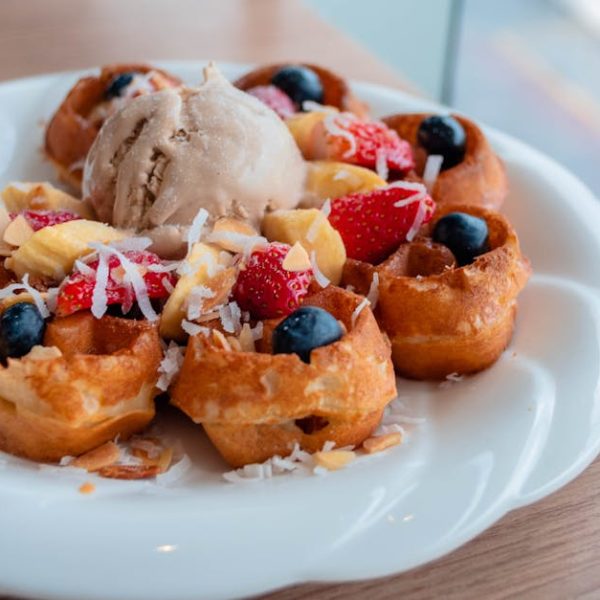Ah, the appeal of vanilla! It lends a sweet, complex flavor profile to everything from cookies and cakes to sauces and cocktails. But have you ever stopped to ponder the difference between vanilla beans and vanilla? Though they stem from the same plant and share similar notes, their form, usage, and impact vary. Whether you’re a passionate gourmand or a baking novice, understanding these distinctions can amplify your culinary creations and deepen your appreciation for this versatile ingredient.
Understanding what Vanilla Beans are
The journey of a vanilla bean from a tropical orchid to your dinner table begins in the lush, equatorial regions of Madagascar and Tahiti, where the Vanilla planifolia plant thrives. After blooming for just one day and being hand-pollinated, the plant produces long, green pods. These are harvested and fermented in a labor-intensive process, yielding shapely, shiny black vanilla beans. Brimming with a rich flavor and a distinctively sweet and smoky aroma, the vanilla bean holds an esteemed status among culinary ingredients.
▸ Pro tip: Vanilla beans are a treasure trove of flavor. The beans, comprising countless tiny black seeds, reveal an intense, profound taste with a wide spectrum of undertones, including cinnamon, clove, prunes, and even a hint of raw mushroom.
▸ Comparison: Unlike its more processed counterparts, using whole vanilla beans in your recipe lends it an authentic, photogenic speckling and a bella note of gourmet sophistication.
Detailed insights into Vanilla Extract
The charming cousin of the vanilla bean is none other than the vanilla extract. This ambrosial liquid is created by steeping vanilla beans in alcohol, resulting in an alluring amalgamation of vanilla’s trademark sweetness and a boozy depth. Its recipe-friendly liquid form and concentrated flavor make it a common go-to for home and professional bakers alike.
▸ List: Noteworthy brands to look out for include Nielsen-Massey, McCormick Gourmet, and Simply Organic. These companies stand out for their adherence to high-quality sourcing, natural preparation methods, and deep, robust flavors.
▸ Pro and Cons: While vanilla extract has the upper hand in terms of shelf life and ease of use its flavor can be affected by heat during cooking. Conversely, the delicate nuances and rich flavor depth of vanilla beans might be more desirable for gourmet dishes, but they are more susceptible to drying out and losing flavor over time.
The beauty of vanilla, whether as a voluptuous bean or a delightful extract, lies in its versatility and influence. So next time you peruse a recipe or savor a dish with a hint of vanilla, take a moment to appreciate the delightfully complex journey from tropical orchid to tantalizing aroma. In essence, both the bean and the extract offer pathways to a world of flavor. The choice between them is a matter of need, preference, and a dash of culinary adventure.
Comparing the Production Process of Vanilla Beans and Vanilla Extract
Vanilla beans and vanilla extract involve quite different production processes, each captivating in its own right. For vanilla beans, the process starts out on a vanilla vine plantation in a tropical region. The beans slowly mature after being hand-pollinated, a meticulous craft due to the short blooming period of the vanilla flower. Once ripened, the beans are harvested and blanched in boiling water, before being fermented and dried to develop their signature flavor.
On the other hand, vanilla extract production begins after these beans are dried. The prime beans are chosen, chopped, and steeped in a solution of alcohol and water. This concoction is aged for several months to let all the flavors meld together, resulting in the rich, aromatic vanilla extract we love to bake with.
▸ Checklist: Steps for vanilla beans production:
1. Hand pollination
2. Bean maturation
3. Harvesting
4. Blanching
5. Fermentation
6. Drying
Steps for vanilla extract production:
1. Selection and chopping of dry beans
2. Steeping in alcohol solution
3. Agitation
4. Aging
▸ Pros and Cons: The production process for vanilla beans is both labor-intensive and time-consuming, which reflects in its price. However, it offers an unmatched flavor profile. Vanilla extract production, while requiring the base of vanilla beans, is a relatively less labor-intensive process and provides easy-to-use vanilla flavoring. Nevertheless, it may sometimes lack the intricate nuances of flavor that fresh beans possess.
Understanding the Flavor Difference in Vanilla Beans vs Vanilla Extract
When it comes to flavor, there’s a noticeable difference between using vanilla beans and vanilla extract. Vanilla beans give your dishes a direct, intense vanilla flavor that’s both pure and powerful. These beans also carry natural undertones of flavors such as cloves or raisins, offering a level of complexity that extracts often cannot match.
Vanilla extract, while not as intensely pure as the bean, delivers a more rounded, mellow flavor. This makes it ideal for general broad-flavored baking and cooking, where an intense spotlight on vanilla is not required.
▸ Best Practices: If you want your dish to emphasize the sumptuous complexities of pure vanilla, opt for the beans. For dishes where vanilla serves as a background note, the extract would be the better option.
▸ Versus: In a blind taste test, a dessert prepared with vanilla beans often triumphs over the same dish made with vanilla extract. That said, in elaborate dishes with a host of flavors, the difference can be hard to distinguish.
Cost implications and sustainability considerations of Vanilla Beans versus Vanilla Extract
Vanilla beans, due to their labor-intensive cultivation and production, are undoubtedly pricier than vanilla extracts. Extracts, in contrast, provide a more economical way to bring vanilla flavor into your dishes, but this does come at the cost of purity and depth of flavor.
▸ Pro tip: If you’re passionate about flavor and budget is no object, splurge on the best quality beans. If you’re baking in bulk or on a budget, vanilla extract becomes a more viable option.
▸ Comparison: Sustainability-wise, growing vanilla beans is a resource-intensive exercise that involves significant water and land use. Production of vanilla extract, while reliant on the use of the beans, also involves an added layer of processing. As such, both can have quite an impact on the environment, with the overall impact being quite dependent on the individual producer’s practices.
Key Takeaway:
- Vanilla beans and vanilla extracts come from the same plant, but vary in their form, usage, and impact.
- Vanilla beans offer a rich, intense and complex flavor profile while vanilla extract provides a more mellow but concentrated flavor, making it a popular choice for general baking and cooking.
- The production process of vanilla beans is labor-intensive and time-consuming, reflecting in its higher price. Vanilla extract production, although not as laborious, still involves a significant process.
- The producers’ practices largely determine the environmental impact of both vanilla beans and vanilla extract. It’s important to consider sustainability when selecting your vanilla source.
Understanding the intricacies of vanilla can enhance your culinary experiences and appreciation for one of the world’s favourite flavours; and whether you choose to use vanilla bean or vanilla extract, you’re embarking on a culinary adventure that promises a world of flavor. Embrace the journey and savor the uniquely complex and satisfying notes of either form of this versatile ingredient.
FAQs
Q: What is a suitable substitute for vanilla beans?
A: If you don’t have access to vanilla beans, you can use vanilla paste or vanilla extract as an alternative. They both provide a strong vanilla flavor but without the same level of complexity.
Q: What does ‘hand-pollination of vanilla’ mean?
A: Hand-pollination refers to the manual process of transferring pollen from the male part of the vanilla flower to the female part. This allows the flower to produce fruit in the absence of natural pollinators.
Q: Can I make my own vanilla extract at home?
A: Yes, you can make homemade vanilla extract by steeping vanilla beans in a liquor such as vodka for several weeks. The resulting infusion captures the essence of the vanilla flavor.
Q: How should I store my vanilla beans to keep them fresh?
A: Store vanilla beans in a tightly sealed container at room temperature, away from direct sunlight. They should ideally be used within one year for optimal flavor.
Q: Why is there such a significant price difference between vanilla beans and extract?
A: This is mainly due to the labour-intensive process that goes into producing vanilla beans, requiring careful hand-pollination, harvesting, and curing.
Consider sharing this insightful article and exploring more posts to enhance your culinary journey!
